Entry Category: Historic Preservation
Scott Plantation Settlement
 Screening for Artifacts
Screening for Artifacts
Searcy Confederate Monument
Searcy County Courthouse
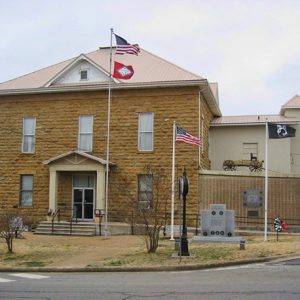 Searcy County Courthouse
Searcy County Courthouse
Sebastian County Courthouse
aka: Fort Smith City Hall
Sebastian County Road 4G Bridge
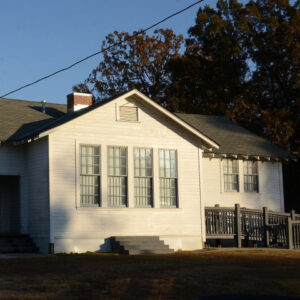 Selma Rosenwald School
Selma Rosenwald School
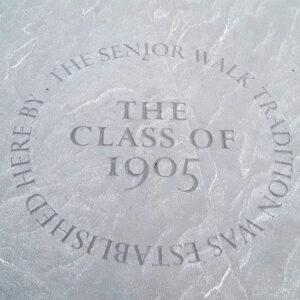 Senior Walk Engraving
Senior Walk Engraving
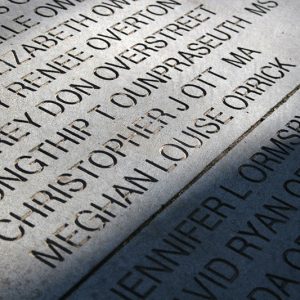 Senior Walk Names
Senior Walk Names
 Senior Walk Plaque
Senior Walk Plaque
 Senior Walk, 1876 Step
Senior Walk, 1876 Step
 Sequoyah Center Materials
Sequoyah Center Materials
 Sequoyah Center Stacks
Sequoyah Center Stacks
Sequoyah National Research Center
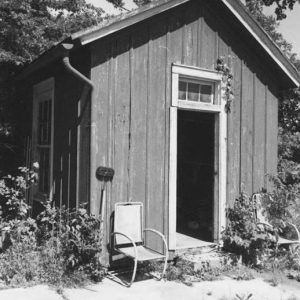 Servants' Quarters
Servants' Quarters
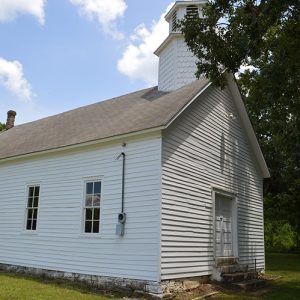 Shady Grove Delmar Church and School
Shady Grove Delmar Church and School
Shady Grove Delmar Church and School
Shady Lake CCC Bridges
 Shaw-Blair House
Shaw-Blair House
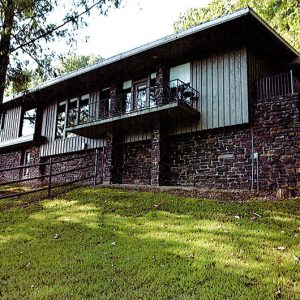 Shaw-Blair House
Shaw-Blair House
 Shaw-Blair House
Shaw-Blair House
Shaw-Blair House
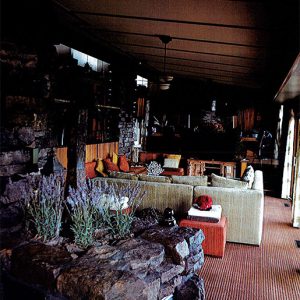 Shaw-Blair House Interior
Shaw-Blair House Interior
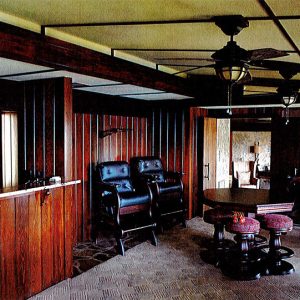 Shaw-Blair House Interior
Shaw-Blair House Interior
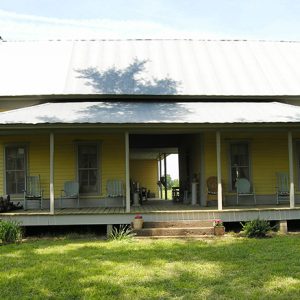 Shelton-Lockeby House
Shelton-Lockeby House
Shelton-Lockeby House
 Sherman Mound
Sherman Mound
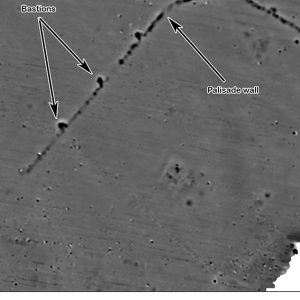 Sherman Mound Bastion Wall
Sherman Mound Bastion Wall
Sherman Mound Site
Shiloh Historic District
Shiloh Meeting Hall
aka: Shiloh Church
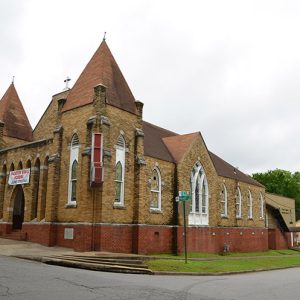 Shiloh Missionary Baptist Church
Shiloh Missionary Baptist Church
Shiloh Missionary Baptist Church
Shiloh Museum of Ozark History
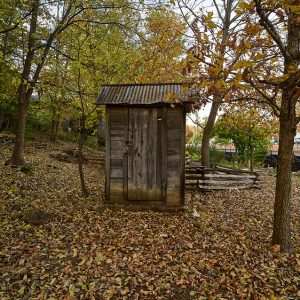 Shiloh Privy
Shiloh Privy
Shoppach House
aka: Sadie Praytor Home
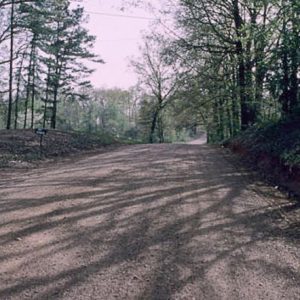 Short Mountain Road
Short Mountain Road
 Shotgun Tenant House
Shotgun Tenant House
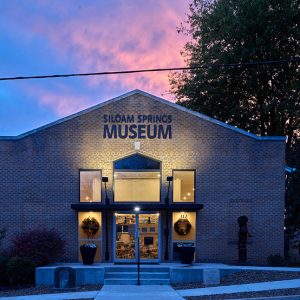 Siloam Springs Museum
Siloam Springs Museum
Siloam Springs Museum
Simmons First National Bank Tower
Sink-Crumb Post 72 American Legion Hut
Sloan Site
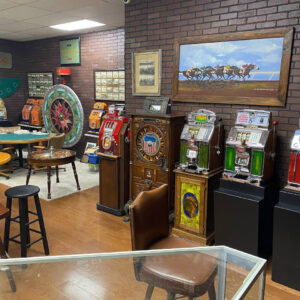 Slot Machines
Slot Machines
 Slovak Catholic Cemetery
Slovak Catholic Cemetery
 Slovak Lutheran Cemetery
Slovak Lutheran Cemetery
 Slovak Lutheran Cemetery
Slovak Lutheran Cemetery
 James Phillip Smith House
James Phillip Smith House




